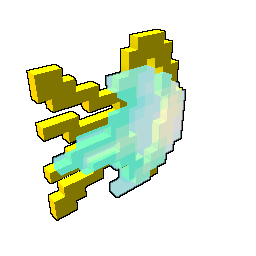

The two frameworks that we are going to focus on today are Django and Flask. At times, a set of micro-frameworks is a better fit for projects, as compared to a full-stack framework. Non-full-stack frameworks are the ones that take care of only a certain part of the development process. Full-stack frameworks take a more holistic approach in the sense that they enable developers to create applications – right from the user experience to the database.

There are two primary types of Python frameworks: full-stack and non-full-stack frameworks. But, the challenge lies in the fact that there is an extensive range of frameworks to choose from out there each with its own set of impressive features. Python frameworks are excellent tools that make it easier for developers to create intuitive website applications at an accelerated pace – all via a curated set of modules and packages. As its easy-to-learn syntax promotes readability, the cost of program maintenance is significantly reduced. It is an ideal choice for a wide range of projects, from simple web applications to operating systems. Python is simple, straightforward, and versatile.

Any programmer with significant experience in coding can pick up this programming language. Created by Guido van Rossum and first released in 1991, Python is designed to promote code readability. Let’s first take a quick look at Python and its frameworks. The same is the case with Python Django vs Flask – two of the most sought-after Python frameworks of the Python programming world! No matter the industry or the software, the challenging competition is what makes matters interesting and aids innovation like no other – a range of choices that leave you with the heavy-duty task of choosing what is right for your project or business requirements.


 0 kommentar(er)
0 kommentar(er)
